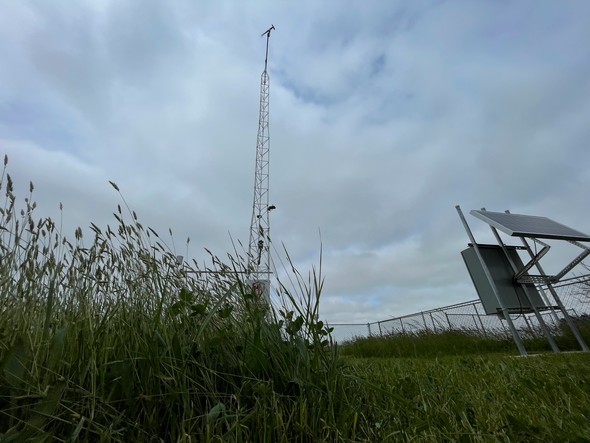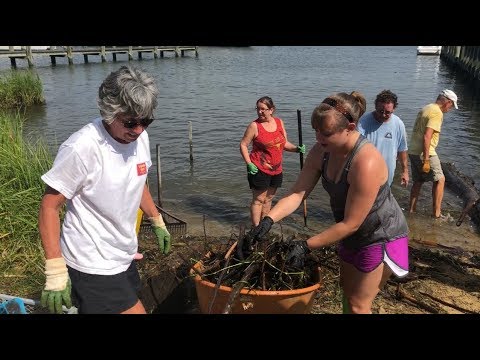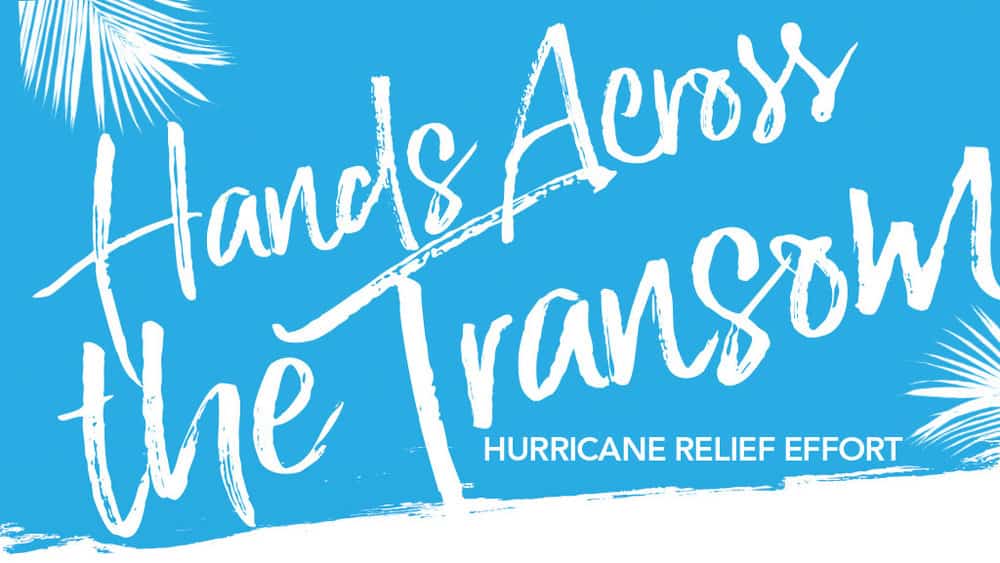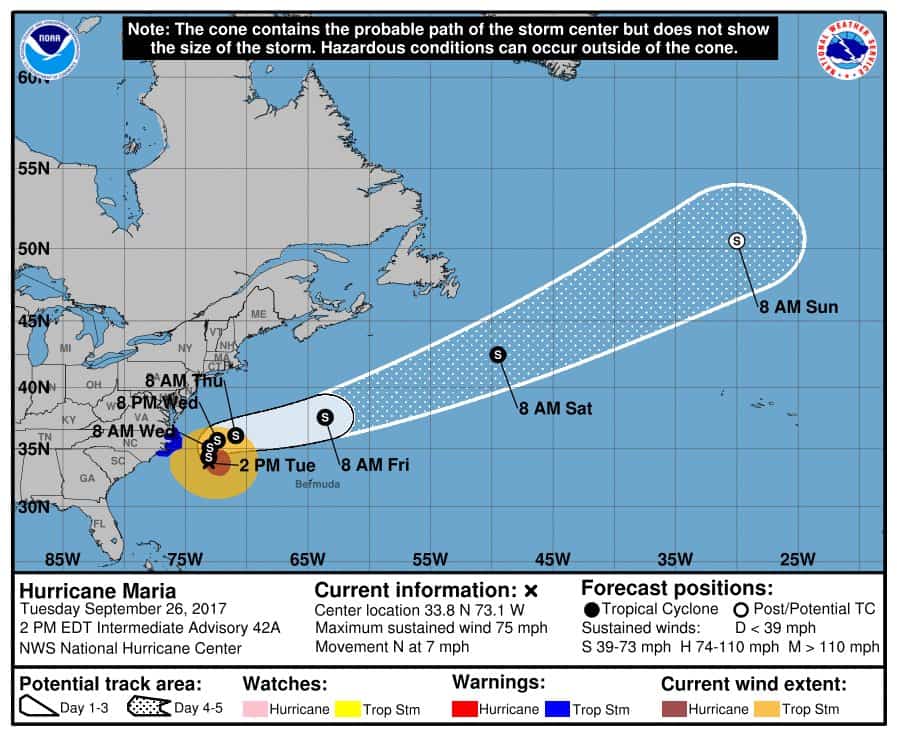Along the vulnerable Chesapeake Bay waterfront, we often face threats of severe storms, flooding, hurricane impacts and the occasional snowstorm, waterspout or tornado. So it’s reassuring to learn that Maryland’s last two counties have just received their StormReady certification from the National Weather Service. Caroline and Kent counties on the Eastern Shore are now officially “StormReady” and Maryland is now just the eighth state to have all of its local jurisdictions hold that title.
Maryland’s preparedness for extreme conditions is largely thanks to a new program putting advanced weather towers all over the state. The most recent weather data collection station, known as a Mesonet tower, was erected in Caroline County, adjacent to Ridgley Elementary School. It is the furthest-east Mesonet tower installed in Maryland. Easton, in Talbot County, and Wye Mills, in Queen Anne’s County, also have towers.
Chesapeake Bay Magazine first showed you the state’s Mesonet tower program last November, when the first tower was built. There are 70 planned towers being built over the span of about a year, with 10 completed so far. The program is a partnership between the Maryland Department of Emergency Management (MDEM) and the University of Maryland’s Department of Atmospheric and Oceanic Science.
The Mesonet towers are inexpensive enough to build close together around the state and can measuremeasures air temperature, atmospheric pressure, relative humidity, wind speed and direction, solar radiation, rainfall, snow depth, and soil moisture and temperature at five depths, most at one-minute intervals.
The data will be especially valuable for boaters seeking the marine forecast or those who live, work and play on the water. The Mesonet towers will better predict weather events in communities vulnerable to climate change and sea level rise. You can check the measurements in near-real time on the Mesonet website.
The Mesonet towers help Maryland fulfil the requirements of the StormReady designation. To qualify, communities must have an impressive list of steps in place. They must “establish a 24-hour warning point and emergency operations center; have more than one way to receive severe weather warnings and forecasts to alert the public; create a system that monitors weather conditions locally; promote the importance of public readiness through community seminars; and develop a formal hazardous weather plan, which includes training severe weather spotters and holding emergency exercises.”
MDEM and National Weather Service leaders say the expanding network of Mesonet towers will keep Marylanders safer against natural hazards.
“As a native Marylander, I am pleased that Maryland is one of the first StormReady states in the Nation,” said James E. Lee, Meteorologist-In-Charge at the Baltimore-Washington Forecast Office. “It speaks to the dedication of the partnership between all of the local jurisdictions in Maryland, the Maryland Department of Emergency Management, and the National Weather Service, with the shared goal to keep Marylanders safe from the multitude of weather threats we may experience.”
The other states to achieve total StormReady participation are Delaware, Pennsylvania, Florida, Hawaii, North Dakota, Rhode Island, and South Carolina.




